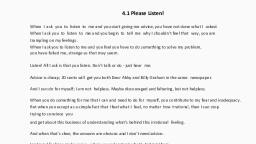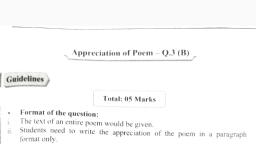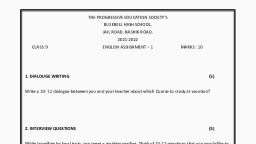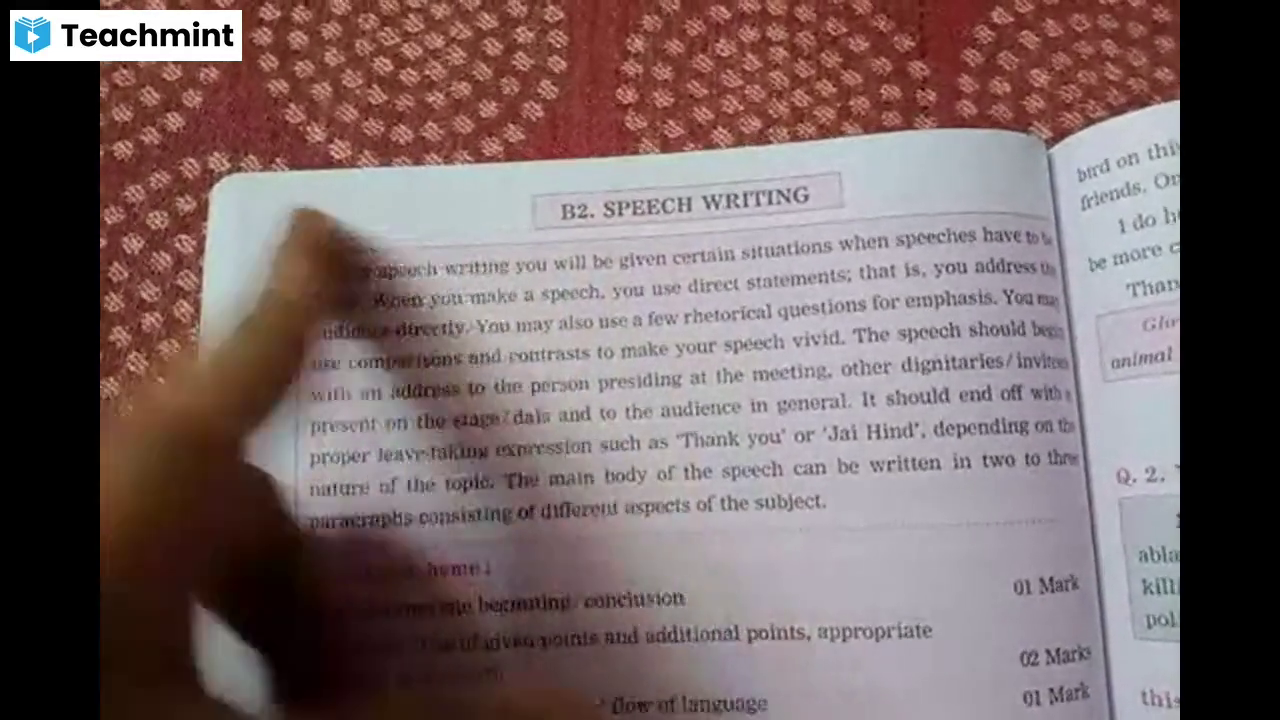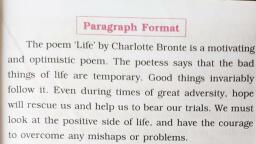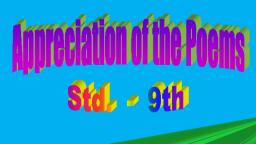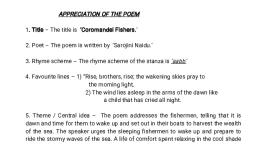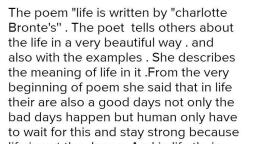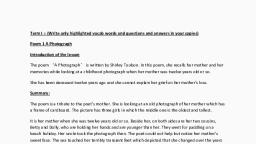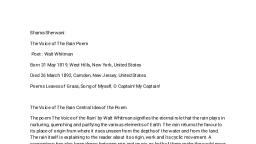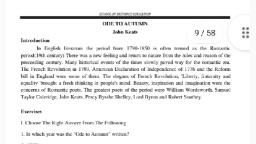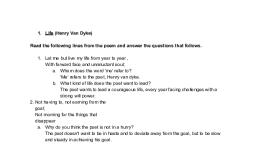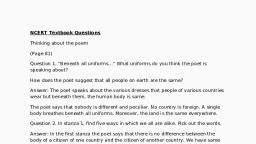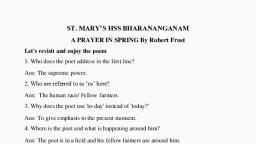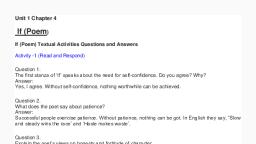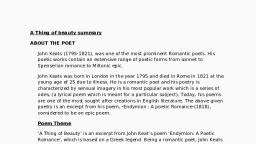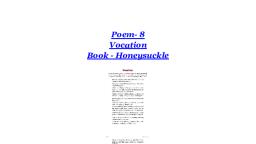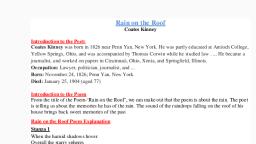Page 1 :
UNIT 1.1 LIFE – BY CHARLOTTE BRONTE, , ABOUT THE POETCharlotte Bronte was an English novelist and poet. She is best known for her novel- Jane, Eyre. Her other great works include – The Professor; Glass Town, etc., STANZA WISE EXPLANATION, Stanza 1, In stanza 1, the poet begins with the word “Life” which is the title of the poem. It, emphasises the fact that the poem is all about the life. According to the poet, we should, believe that life is not a dream so dark as sages say . It means ,the life is not as bad as most, of the people believe and say., Often a little morning rain foretells a pleasant day. The term morning rain is a metaphor, which symbolises sorrow & despair. The line means that despair is often a way to joy and, happiness like morning rain which leads to a pleasant day., Sometimes there are clouds of gloom, but these are transient all. Which means,there are, sorrows and griefs in the life of every human being but they are not permanent. They are, always temporary and short-lived., In the final line of the 1st stanza, the poet raises a rhetorical question, If the shower will, make the roses bloom, O why lament its fall? It means that if rain can make the rose bloom, then why should we mourn over its fall. In other words, sorrows lead to happiness and, should not be lamented., Stanza 2, Stanza 2 consists of four lines. According to the poet, Life’s sunny hours flit by. Which, means life is moving ahead very fast and thus instead of lamenting the sorrows and griefs, one should gratefully, cheerily enjoy those fast flying moments of life. Hence one should, enjoy each and every moment of life., Stanza 3, In the 3rd stanza, the poet says that though the death may take away our life during our, best time (the most enjoyable time of our life ) or the sorrows take over our hope, we, should never lose the will and determination because hope has elastic springs. It means, that the hope is elastic and it cannot be broken just like spring season comes back after the, long gloomy winter season . Season retains itself after the clouds of gloom go away (or, when the winter goes away)., In the next line, the poet brings in herself and says that though the sorrows and grief have
Page 2 :
bent her down or her hopes, she still has her golden wings which are capable of being flying, even after grieves bent them down., She can bear all the hurdles of life as she is manful (strong) and fearless. And on the Day of, Judgement (as believed in Christianity) her courage will make her victorious. Thus the poem, ends with a strong will, hope and determination., In conclusion, we can see that the example of rain is the symbol of despair, in the first, stanza. Here, the poet asks us to see its bright side. In the second stanza, she asks us to, enjoy the fast running moments of life. In the third stanza, she becomes optimistic about, being courageous even after her death., THEME OF THE POEM, The poet expresses her views about life by saying that life is full of sorrowful times as well, as times of happiness.The poet tells that whenever the sky is covered with dark clouds we, are not able to see the sun and it rains which makes the roses bloom ,in the same way, whenever we face a sorrowful situation we learn something good from it., The poet also tells that life is also full of meetings and partings .The poet also tells about, hope that hope it has elastic springs and hope cannot be conquered by any means., , Extra information about the poem, The meaning of this poem is pretty simple. The poet says bad things are only ephemeral, and good things invariably follow them. [Roses bloom, the day becomes pleasant after a, little morning rain]. She encourages us to enjoy the ‘sunny’ things as they last. In the last, stanza, she says that even in the moments of greatest adversity [like death of a loved one],, hope will rescue us i.e. we should be hopeful. I would like to point three things, which can, be missed in the larger scheme of things., , 1. The poem starts with ‘life is not a dream so dark’. Notice that the poet denies that it is, very dark dream, but she does not deny it is a dream. Life can be a complete illusion, a, mirage of sorts –continuously running towards an inexistent pleasure/relief....., , 2. She compares the problems to ‘clouds of gloom’. It serves two purposes. It says the, problem is not inside us [we need not agree with the poet]. Secondly, she builds on this
Page 3 :
analogy and says roses [we] bloom after the shower. In other words, times of grief and, melancholy make us stronger and brighter. [Gold shines best when put in hearth.]..., , 3. In the last stanza, she compares hope to ‘buoyant golden wings’. She indirectly compares, the problems with a sea., , FIGURES OF SPEECH, , Line - so dark as sages say — simile, Morning rain and clouds of gloom - symbolism of good time and bad time, Line- oft a ….. Roses bloom — pathetic fallacy, Fortells so pleasant day — personification, Clouds of gloom — metaphor, Roses bloom— as a symbol of happy time, Why lament its fall — interrogation, Sunny hours — metaphor, What though death……….above heavy sway —— death and sorrow personified, Golden wings —- metaphor and symbolism, Manfully fearlessly —- personification, Courage quell despair —- personification, So dark as sages say…. Sorrow seems…..still strong …..——- alliteration





